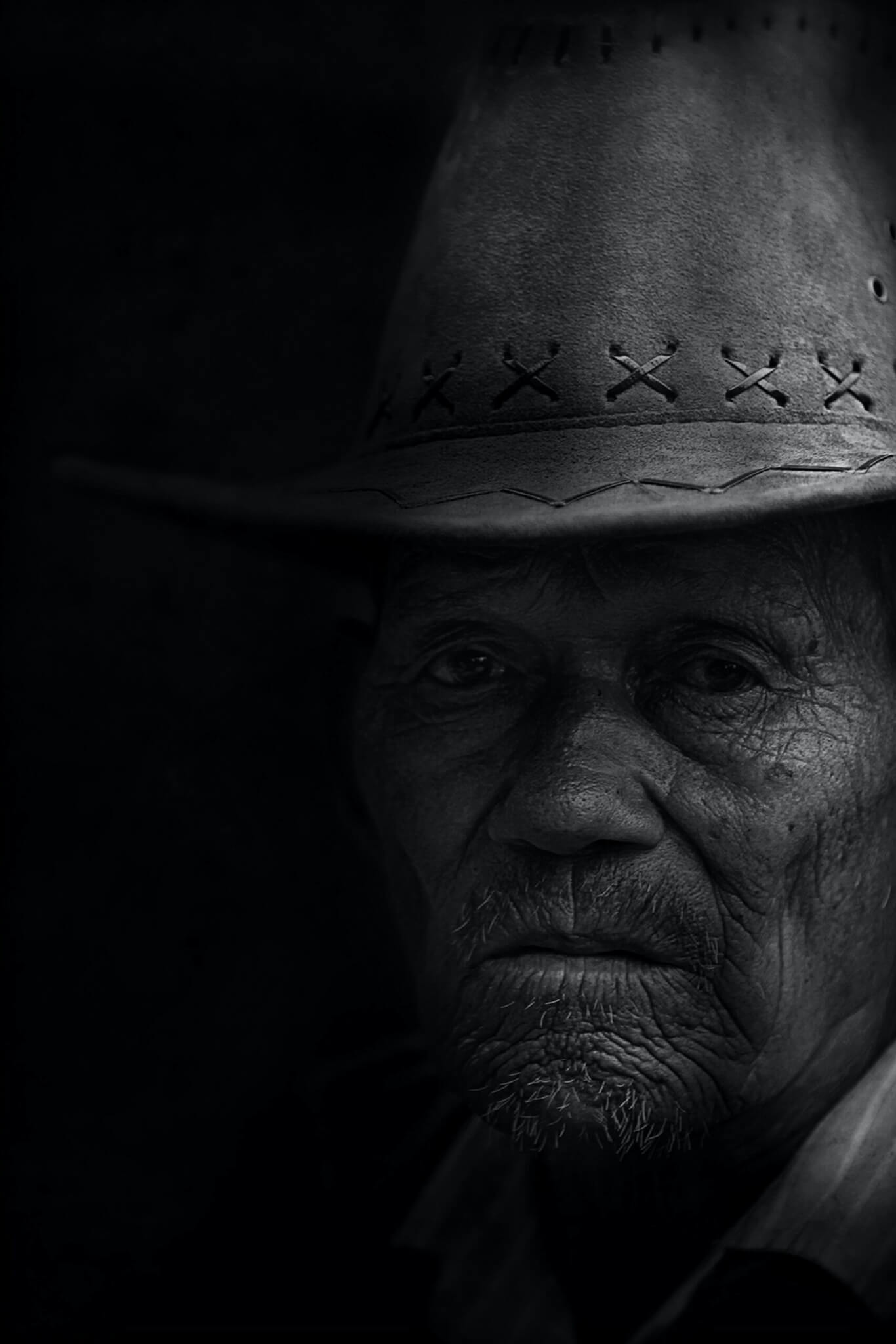Welcome to our beginner’s guide on portrait photography tips for beginners! Whether you’re a budding photographer looking to improve your skills or just starting out with your camera, we’re here to help you capture stunning portraits that truly showcase your subjects. Portraits are a popular and timeless genre of photography, but they can also be tricky to get right, especially when you’re starting out. That’s why we’ve put together this guide with essential tips and techniques to help you elevate your portrait photography game. From lighting and composition to posing and editing, we’ve got you covered. If you’re new to portrait photography, our “portrait photography tips for beginners” guide is the perfect resource to help you capture stunning images.
There are several sub-types of portrait photography, such as traditional portraiture, environmental portraiture, and creative portraiture. Traditional portraiture is typically shot in the studio with a plain background and formal poses. Environmental portraiture captures the subject in their natural surroundings, often at home or work. Creative portraiture often involves more artistic or experimental techniques and poses.
Overall, portrait photography is all about capturing the essence of a person and telling their story through the image.
“Unleashing the Power of Emotion in Portrait Photography”
Portrait photography is more than just capturing an image of someone. It’s about capturing their essence, their personality, and their emotions. A great portrait photograph should tell a story and evoke a reaction from the viewer. To create such a powerful image, the photographer must have a keen eye for detail and the ability to connect with the subject. In this blog, we will explore the importance of capturing emotion in portrait photography and how to do it effectively.
Why is Emotion Important in Portrait Photography?

As a portrait photographer for beginners, you can also know Emotion is what sets portrait photography apart from other genres of photography. Portrait photography that captures the subject’s emotions will not only be visually appealing but also be memorable and impactful. People are naturally drawn to images that evoke an emotional response, and this is particularly true of portrait photography. When the subject’s emotions are on full display, the viewer can connect with them on a deeper level.
Here are some tips for portrait photography

Capturing emotion in portrait photography is not a simple task. It requires a combination of technical skills, creativity, and empathy. Here are a few tips on how to effectively capture emotion in your portrait photographs:
Connect with Your Subject
The first and most important step in capturing emotion in portrait photography is to establish a connection with your subject. This can be achieved through conversation, humor, and simply being present at the moment. The more comfortable your subject is, the more likely they are to let their guard down and show their true emotions.
Pay Attention to Body Language
Body language is a powerful tool in portrait photography. It can convey a wide range of emotions and help to tell a story. Pay close attention to your subject’s posture, facial expressions, and gestures. This will help you to capture their emotions in a more natural and authentic way.
Use Props and Settings
Props and settings can play a big role in capturing emotion in portrait photography. Using objects that are meaningful to your subject or that evoke a specific emotion can help to create a more impactful image.
Experiment with Lighting
Lighting is one of the most important elements in portrait photography. The right lighting can help to create a mood, highlight facial features, and bring out the emotions of your subject. Experiment with different lighting setups and techniques to see what works best for you.
Be Creative

Finally, be creative! Don’t be afraid to take risks and try new things. The more creative you are, the more likely you are to capture unique and memorable portraits.
In conclusion, capturing emotion in portrait photography is what sets great portrait photographers apart from the rest. It requires a combination of technical skills, creativity, and empathy. By establishing a connection with your subject, paying attention to body language, using props and settings, experimenting with lighting, and being creative, you can create powerful and emotional portrait photographs that will be treasured for years to come.



